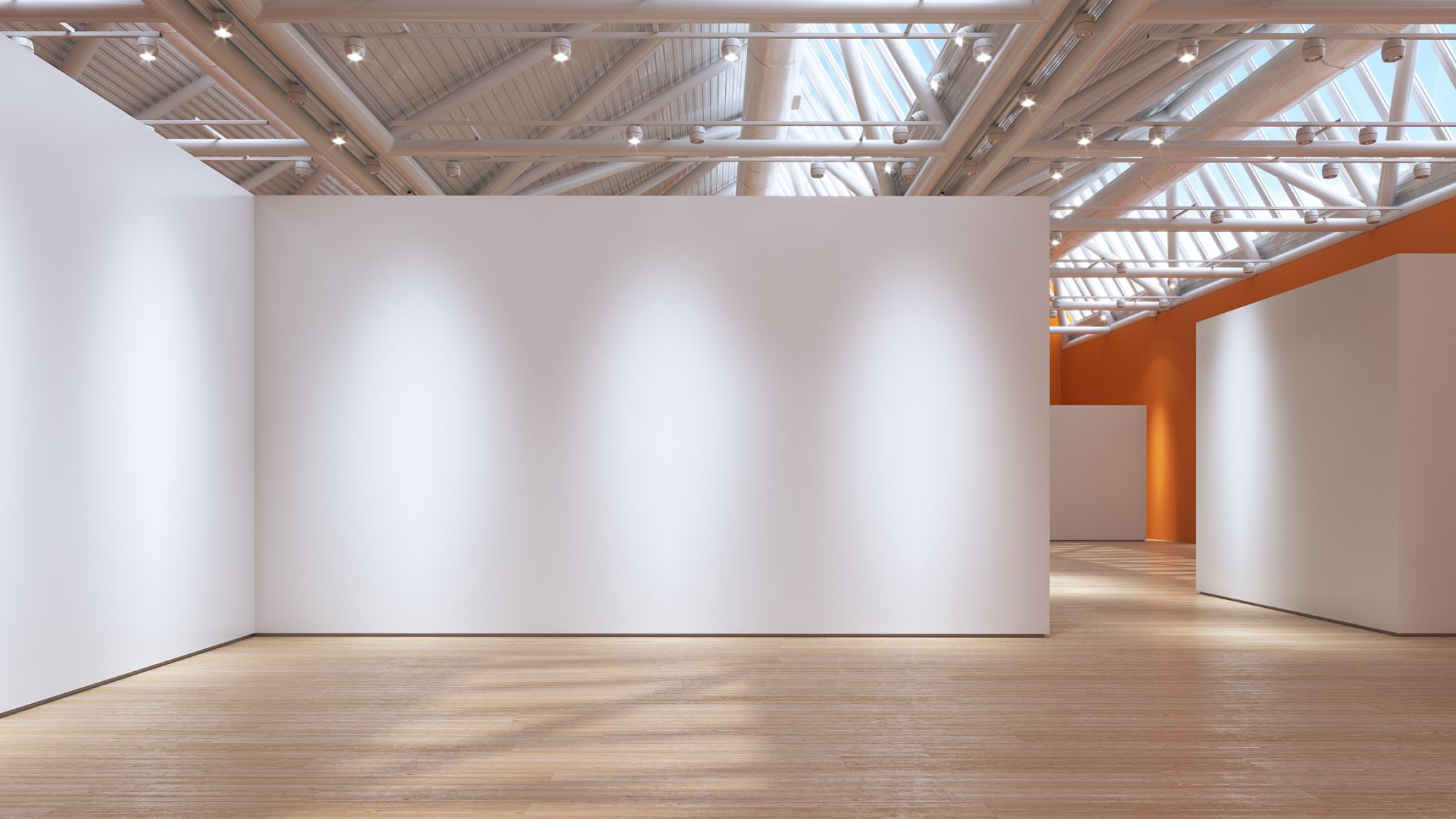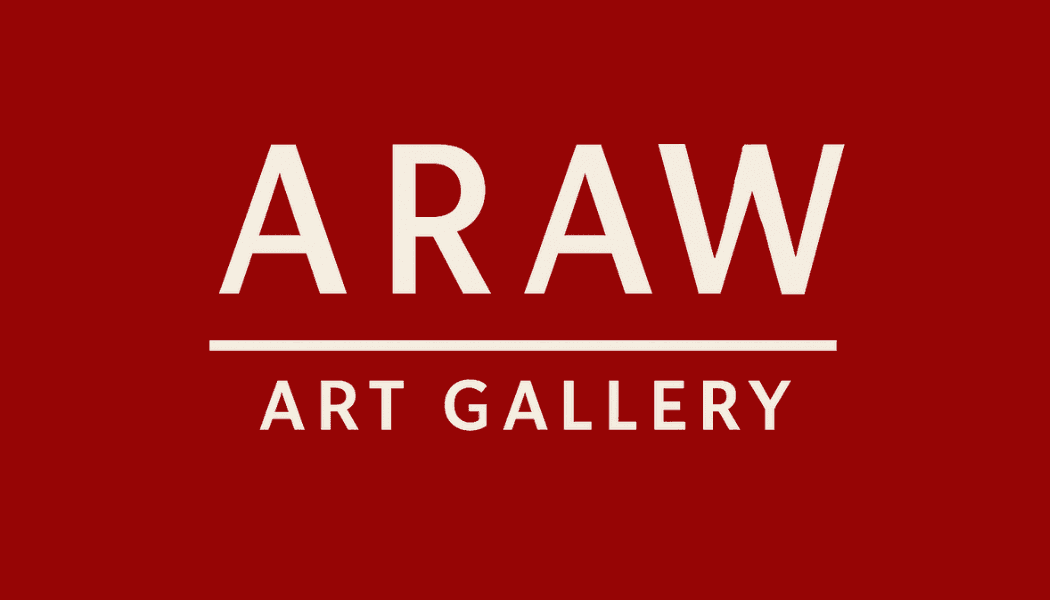A Day in the Life of an Art Curator at ARAW Gallery
Morning Rituals: Setting the Stage
The day begins early for an art curator at ARAW Gallery. Mornings are spent reviewing the logistics of ongoing exhibitions and planning upcoming ones. This involves coordinating with artists, suppliers, and the gallery team to ensure that everything is on track. The curator's role is akin to that of a conductor, orchestrating the many elements that bring an art show to life.
Upon arriving at the gallery, the curator's first task is to walk through the exhibit space. This daily ritual allows them to immerse themselves in the atmosphere of the gallery, ensuring that each piece is displayed to its best advantage. Adjustments in lighting, signage, or artwork placement might be needed to enhance the visitor experience.

Curatorial Planning and Research
Following the morning walkthrough, the rest of the morning is dedicated to curatorial planning and research. This involves reviewing potential artists and their works for future exhibitions. The curator delves into the background of each artist, analyzing how their work aligns with the gallery's vision and upcoming themes.
Research is a crucial component of a curator's responsibilities. By staying informed about current trends and historical contexts, they can create exhibitions that are both innovative and relevant. This research may involve attending other galleries, reading art publications, or engaging in discussions with other art professionals.

Afternoon Engagements: Artist Collaborations
The afternoon often brings opportunities for direct collaboration with artists. Whether through studio visits or virtual meetings, these interactions are vital for understanding the artist's vision and narrative. The curator acts as a liaison, helping artists refine their ideas and translate them into a cohesive exhibition.
During these meetings, the curator discusses various aspects such as artwork selection, installation logistics, and promotional strategies. By fostering a collaborative relationship, they ensure that the exhibition reflects both the artist's intent and the gallery's standards.

Logistics and Exhibition Design
The late afternoon is typically reserved for logistical planning and exhibition design. This phase involves determining how each piece will be displayed, what tools and materials are necessary for installation, and how to best utilize the gallery space. Attention to detail is critical as even small adjustments can significantly impact the overall aesthetic of an exhibition.
An art curator must also consider visitor flow and accessibility. The layout should invite exploration while ensuring a seamless experience for all attendees. This involves strategic placement of artworks and interpretive materials to engage viewers effectively.
Evening Events and Community Engagement
Evenings at ARAW Gallery might feature opening receptions, artist talks, or community workshops. These events are an opportunity for curators to connect with the public and gather feedback on current exhibitions. Engaging with visitors helps build a vibrant art community and ensures the gallery remains a dynamic cultural hub.
Whether mingling with guests at an opening or leading a discussion panel, curators play a key role in fostering an appreciation for art within the community. These interactions provide invaluable insights into how exhibitions resonate with diverse audiences.

Reflection and Anticipation
The day ends with reflection and anticipation of what's to come. Reviewing the day's achievements and challenges helps in refining future strategies. The curator's role is ever-evolving, adapting to new artistic trends and audience expectations.
As they lock up the gallery for the night, curators carry with them a sense of fulfillment, knowing their work has contributed to enriching the cultural landscape. Preparing for tomorrow's adventures, they remain committed to elevating both artists' voices and visitors' experiences.
